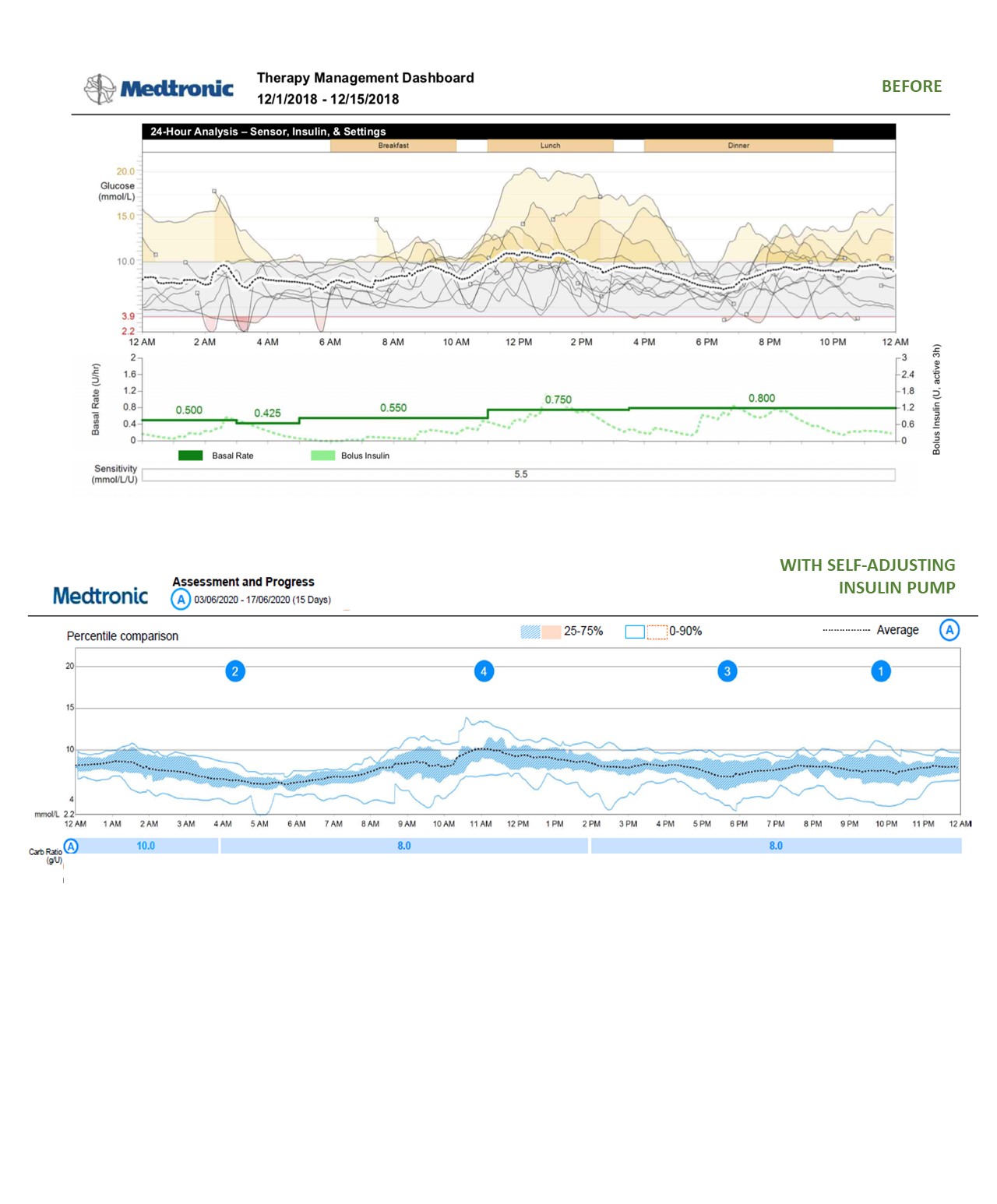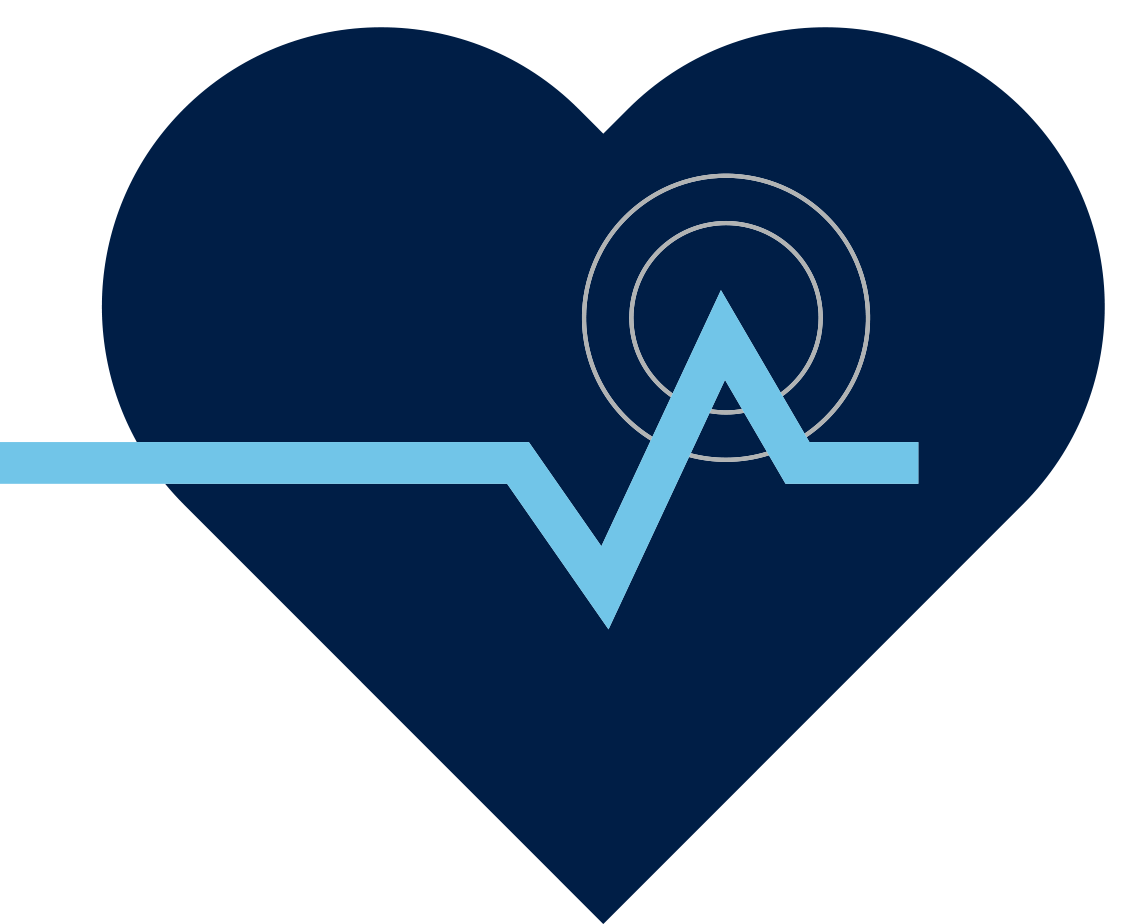
Stories
Better analytics, virtual visits help enhance diabetes care

By Jessica Rudd
As a registered nurse who works with residents with dementia at a long-term care home in Edmonton Alberta, Karen Pliska, 55, is acutely aware of the risks posed by the COVID-19 pandemic to those in her care, and to herself. Not only is she working on the front lines, she must manage her own chronic condition, Type 1 diabetes, which puts her at greater risk of more severe symptoms if she were to contract COVID-19.
Like millions of Canadians living with chronic health conditions, Pliska has had to adapt to new physical distancing protocols over the past several months that put a temporary halt to in-person visits with her doctor and the medical team at her diabetes clinic.
But Pliska is among the growing swell of patients who have been able to harness the power of technology, remote monitoring tools, and virtual visits to not only continue getting the care they require, but also to improve the overall patient experience.
Pliska, who has lived with diabetes since she was three, began using the world’s first self-adjusting insulin pump in March, just as the COVID-19 pandemic was really taking hold in Canada and the country began shutting down. At the same time, she started using Medtronic’s CareLinkTM remote monitoring software. The web-based program collects data directly from her insulin pump and continuous glucose monitoring system. It generates detailed reports that can be discussed during visits with her healthcare practitioner and is used to develop care plans.
“It’s been a godsend that I’m still being looked after and have help available if I need it, especially if I run into problems,” says Pliska.
A surge in adoption
Like many virtual tools in healthcare experiencing a surge in use since the onset of the pandemic, CareLink has been on the market for years. As diabetes clinics across Canada were forced to shut down in-person visits, however, the ability to effectively and efficiently embed virtual care in the patient pathway became a priority.
And because Alberta has a fully integrated health system, it was able to expedite adoption by reviewing the software for privacy and security compliance centrally, rather than every hospital having to do this separately.
As a patient, Pliska says the remote monitoring and support available through CareLink provide her a feeling of security, even if she’s travelling or away from home.
“I feel very safe if something did happen. Medtronic has a 24-hour phone line with technicians available to log in and see what I’m talking about. It makes me feel safe that if I’m not at home with my regular physician there will still be someone there for me and it will prevent me from going to a hospital or an ER somewhere else.”
The vast majority of patients at the Diabetes Hypertension and Cholesterol Centre in Calgary have embraced virtual visits and are using CareLink to keep tabs on their diabetes, says Nurse Clinician Jody Wiebe.
While there is often a learning curve for patients to figure out how to use the technology and upload their data, training and education are available to help users overcome any challenges they may be having.
“When we look back to a couple of years ago about half our patients were using CareLink. That’s now up to about 80 per cent or 90 per cent,” Wiebe says.
Eliminating wait times
Most patients are ultimately convinced of the value of using the CareLink software by the detailed reports it generates on everything from blood-sugar levels, time in range, glucose values and dozens of other data points. The reports – which can provide snapshots of a single day or months at a time – help patients better understand their diabetes and how to manage it, which is especially important for people who might not get physical symptoms when their glucose levels go too high or too low.
“I think it puts patients on a more equal footing with their healthcare provider. It’s really increased the learning because patients are taking more time to look at their reports and understand the data,” Wiebe says.
Virtual visits have also increased convenience for patients by decreasing travel time and costs, particularly those who live outside Calgary.
“We have a lot of patients who have concerns about coming in for face-to-face visits. For them to be able to be in an environment that’s comfortable for them is important,” Wiebe says.
Joyce Kunikoff, a Registered Nurse and diabetes educator at the Grey Nuns Centre for Diabetes in Edmonton, says CareLink and telephone consultations with patients have had another added benefit – eliminating wait times.
“It’s a lot quicker when we have scheduled calls. Our wait times are completely gone. We don’t have a lot of people sitting in a waiting room, which is better for patients and helps relieve pressure on staff,” she says.
Kunikoff, who has Type 1 diabetes herself, says she sees an ongoing role for using more virtual care tools in the future.
“I would say we will likely stick with it. We’ve always done a lot of phone appointments, so we were able to make a fairly smooth transition to this model,” she says.
Jessica Rudd is Health Systems Strategies & Government Affairs Director for the Western Provinces at Medtronic Canada.
Reprinted with kind permission from Hospital News


